Officially known as DECT-2020 NR, the protocol brings 5G to smart devices over non-cellular networks. Learn more from a video interview with Jussi Numminen of Wirepas and vice-chair of the ETSI DECT technical committee.
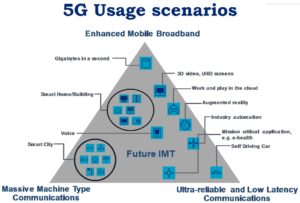 For several years, we’ve been hearing about the three points of 5G: enhanced mobile broadband (eMBB), massive machine-type communications (mMTC), and ultra reliable low-latency communications (URLLC). These pillars relate to cellular communications. Now, we have a standard for non-cellular 5G mesh networks.
For several years, we’ve been hearing about the three points of 5G: enhanced mobile broadband (eMBB), massive machine-type communications (mMTC), and ultra reliable low-latency communications (URLLC). These pillars relate to cellular communications. Now, we have a standard for non-cellular 5G mesh networks.
Developed by ETSI, Digital Enhanced Cordless Telecommunications (DECT) NR+ uses the 1.9 GHz band to build a self-healing, decentralized, reconfigurable mesh network that doesn’t rely on a wireless operator. Data rates can reach 3.4 Mb/sec in first products, while the standard enables much higher data rates for future designs.
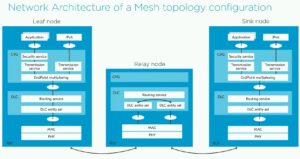
Figure 1. A DECT NR+ network consists of a Sink node that connects the wireless mesh to the outside world. Router nodes serve as parents for Leaf nodes. Image: Nordic Semiconductor.
The DECT NR+ standard defines the protocols for three nodes: Sink, Router/Relay/Parent, and Leaf (Figure 1). A Sink node acts as a gateway to an outside back-end network over any physical layer, wireless or wired, including cellular. On the DECT NR+ network side of a Sink node, the node connects to a wireless network consisting of Routers and Leafs that can then operate in a star or tree-mesh configuration. Think of the mesh configuration as a trunk in a biological tree. Routers make up the branches. A Leaf resides at the endpoint of a branch. Routers can connect to other routers under the same Sink node, with each Router communicating with its own local network of Leafs. Flexibility built into the protocol lets any Leaf can become a Router should a mesh network need a new topology. Mesh network can have multiple sinks, where router and leaf nodes can (re)-associate autonomously due to network changes or mobility. Figure 2 shows how the Convergence Layer acts as a pathway between the application layer above and a node’s radio.
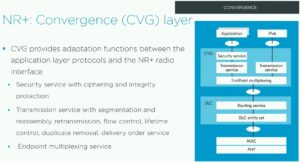
Figure 2. The convergence layer adds functions between applications and the DECT NR+ radio. Image: Nordic Semiconductor.
In the video, Numminen explains the DECT NR+ network configurations and protocols. He also covers use cases such as for mMTC communications where IoT devices such as smart meters can communicate with each other over the mesh network. Other applications include smart meters, and various industry, city-wide applications such as street lighting and smart building use which Numminen discusses extensively.
What’s the difference between DECT NR+ and a 5G private network?
5G private networks rely on mobile network operators to provide a network connection, though some private 5G networks can run independently of a carrier’s network. DECT NR+ networks are completely stand-alone networks that don’t connect to or rely on a carrier’s network. DECT NR+ networks are self-healing, meaning they can reconfigure themselves should a failure occur. Although DECT NR+ networks use cycle-prefix ODFM as the physical layer (similar to 5G and Wi-Fi 6), they are not Wi-Fi networks because they use a different set of protocols, even though Wi-Fi can operate as a mesh network.
For more information
In addition to our conversation with Numminen, you can learn more through tutorial videos from Nordic Semiconductor, which provides DECT NR+ modems. See Introduction to DECT NR+ and Understanding DECT NR+. DECT Forum has also ongoing webcasting series on DECT NR+, one can follow it here.


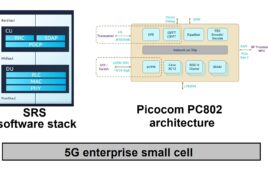
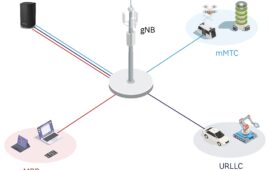
Tell Us What You Think!